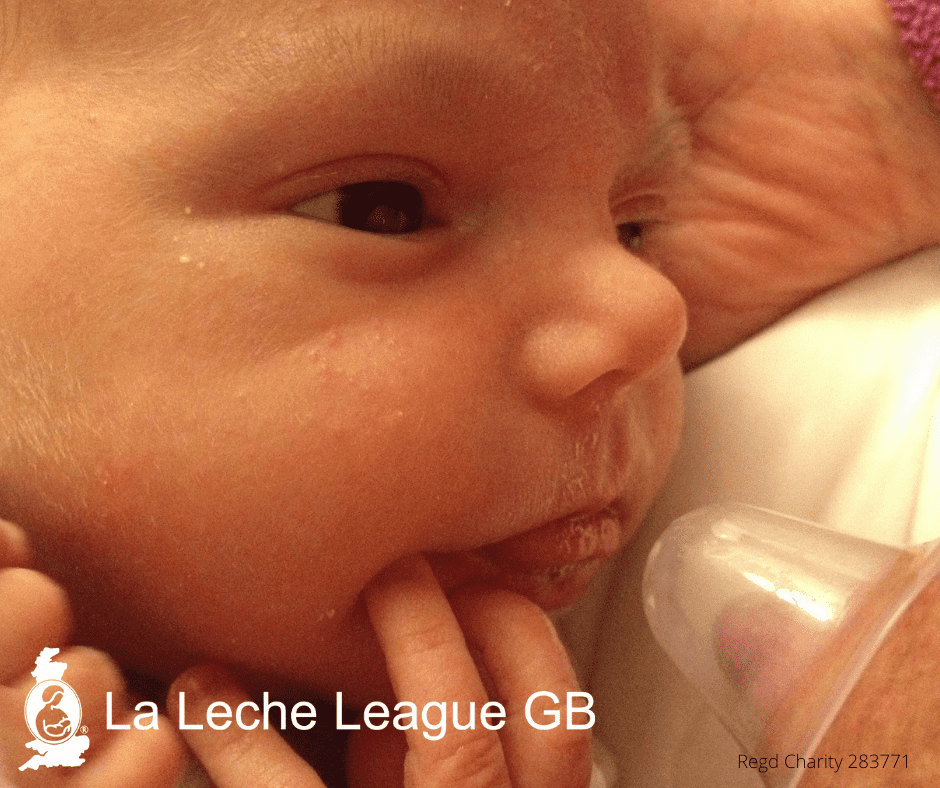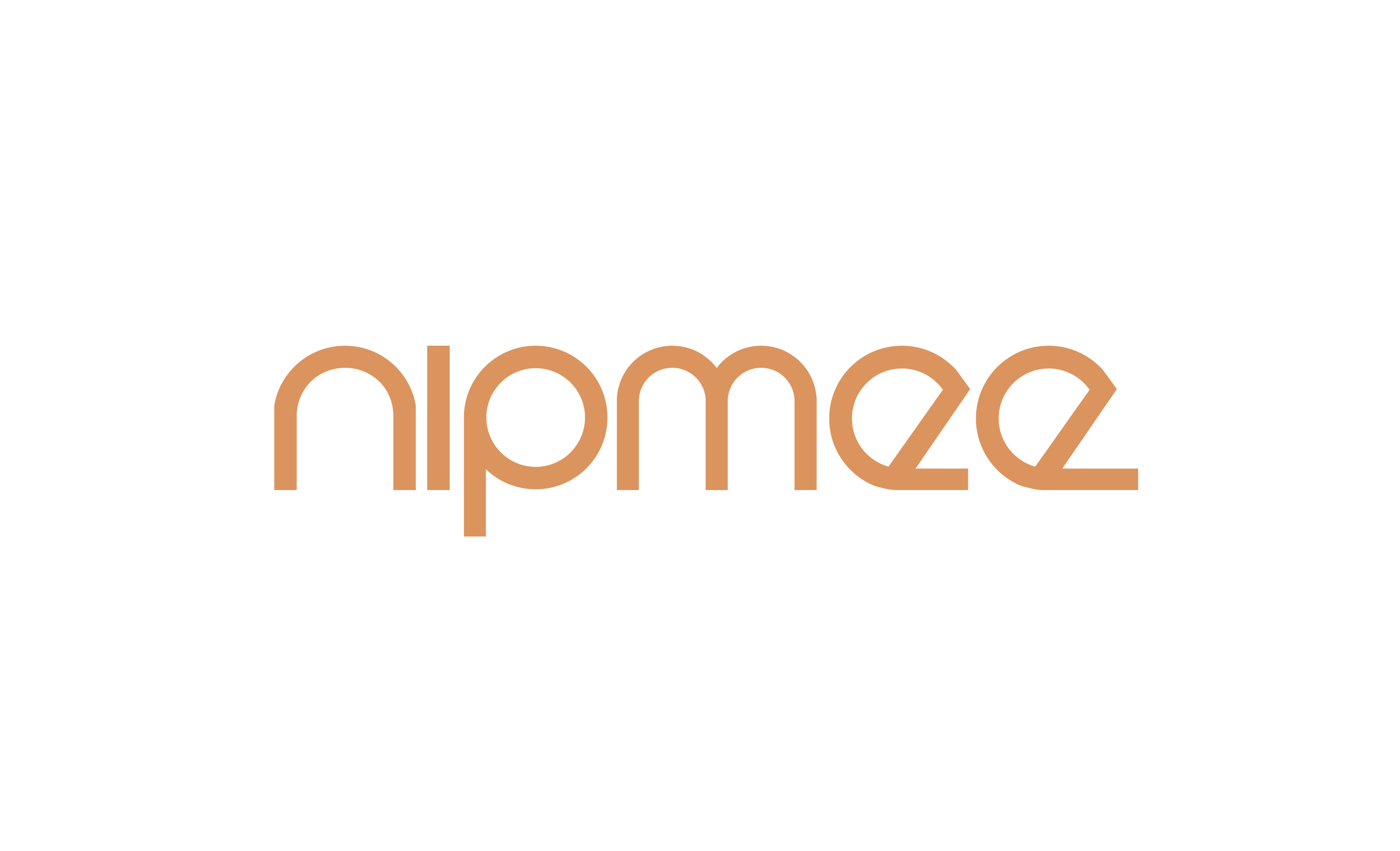To use nipple shields, first ensure they are clean and dry. Place the shield over your nipple, ensuring a snug fit.
Nipple shields can be helpful for breastfeeding mothers facing challenges such as sore nipples or latch issues. These silicone devices act as a barrier between the nipple and the baby’s mouth, providing relief and facilitating better feeding. They come in various sizes to fit different breast shapes and nipple types.
Proper usage can enhance breastfeeding comfort and efficiency. Always consult a lactation expert for guidance on the correct size and usage techniques to maximize benefits. Regular cleaning and proper positioning are crucial to ensure they work effectively and safely.
Introduction To Nipple Shields
Nipple shields can be a useful tool for breastfeeding mothers. They help address common challenges like latching issues or sore nipples. This section will explain the basics of nipple shields. We’ll discuss what they are and why they might be used.
What Are Nipple Shields?
Nipple shields are thin, flexible pieces of silicone. They cover the nipple and areola during breastfeeding. They usually have small holes at the tip. This allows milk to flow through. Nipple shields come in different sizes and shapes. Choosing the right size ensures a better fit and more effective use.
Why Use Nipple Shields?
There are several reasons to use nipple shields. Here are some of the most common:
- Sore or cracked nipples: Shields can protect sensitive skin while healing.
- Flat or inverted nipples: Shields can help babies latch better.
- Premature or weak babies: Shields can make it easier for them to nurse.
- Overactive let-down: Shields can help control milk flow and prevent choking.
Using a nipple shield correctly is important. Follow the guidelines for the best results. Consult a lactation consultant if needed. They can provide personalized support and advice.
Choosing The Right Nipple Shield
Choosing the right nipple shield is important for comfortable breastfeeding. A good fit ensures baby latches well and mom feels comfortable. The right size, shape, and material make a big difference.
Different Sizes And Shapes
Nipple shields come in various sizes and shapes. Choosing the correct size is crucial for a good latch. Sizes usually range from small to large. Measure your nipple to find the right fit. A lactation consultant can help with sizing.
| Size | Diameter (mm) |
|---|---|
| Small | 16-20 |
| Medium | 20-24 |
| Large | 24-28 |
Shapes vary too. Some shields have a standard round shape. Others have a butterfly or cut-out shape. Choose a shape that helps your baby latch better. Experiment to find the best one.
Materials And Safety
Nipple shields are made from different materials. Most are made of silicone. Silicone is soft, flexible, and safe. Some shields use latex. Latex is less common and some babies have allergies to it.
Always check the material’s safety. Ensure the shield is BPA-free. Look for shields that are easy to clean. Hygiene is crucial for your baby’s health. Sterilize the shield before each use.
- Soft silicone for comfort.
- Latex for flexibility but check for allergies.
- BPA-free for safety.
- Easy to clean and sterilize.
Choosing the right nipple shield makes breastfeeding smoother. It helps both mom and baby enjoy the experience.
Preparing For Use
Using nipple shields effectively requires proper preparation. This ensures comfort and safety. Follow these steps for the best results.
Sterilizing Nipple Shields
Sterilizing nipple shields is crucial for your baby’s health. Use these steps to keep them clean:
- Boil water in a clean pot.
- Place the nipple shields in the boiling water.
- Boil for at least five minutes.
- Remove with tongs and let them air dry.
Always sterilize before each use. This prevents bacteria buildup.
Proper Positioning
Proper positioning of the nipple shield ensures effective breastfeeding. Follow these steps:
- Ensure your hands are clean.
- Invert the nipple shield.
- Place the shield over your nipple.
- Make sure it fits snugly and comfortably.
- Help your baby latch onto the shield properly.
Using Nipple Shields Correctly
Using nipple shields can help breastfeeding. They protect sore nipples and help babies latch. But, using them correctly is crucial. Let’s explore the right techniques.
Latching Techniques
Ensure your baby latches correctly on the nipple shield. This helps get enough milk and prevents discomfort.
- Hold your baby close to your breast.
- Gently guide the baby’s mouth to the shield.
- Make sure the baby’s lips cover the base of the shield.
If the baby struggles, try re-positioning. Practice makes perfect. Patience is key.
Ensuring Proper Suction
Proper suction helps milk flow efficiently. It also prevents nipple damage.
| Step | Action |
|---|---|
| 1 | Check for a tight seal around the shield. |
| 2 | Listen for swallowing sounds. |
| 3 | Observe if milk is flowing well. |
Ensure the shield fits snugly on your nipple. If needed, adjust it gently. Make sure no air gaps are present.
Remember, consistent suction is essential. It helps in effective milk transfer and prevents nipple pain.
Common Challenges
Using nipple shields can be challenging for new mothers. Understanding these challenges helps in overcoming them. Let’s explore some common difficulties.
Difficulty Latching
One common challenge is difficulty latching. Babies may struggle to latch onto the shield. This could be due to the shield’s texture or size. A proper latch is crucial for effective breastfeeding.
Here are some tips to help with latching:
- Ensure the shield is the right size.
- Position the shield correctly on the nipple.
- Hold your baby close, ensuring comfort.
- Seek help from a lactation consultant if needed.
Milk Flow Issues
Milk flow issues can also arise when using nipple shields. The shield might restrict the milk flow, causing frustration for both mother and baby.
To mitigate milk flow issues, consider the following:
- Check the shield for any blockages.
- Express some milk before feeding to stimulate flow.
- Ensure the shield fits well without gaps.
- Alternate between using the shield and direct breastfeeding.
| Challenge | Solution |
|---|---|
| Difficulty Latching | Correct positioning and size adjustment |
| Milk Flow Issues | Check for blockages and express milk |
Cleaning And Maintenance
Proper cleaning and maintenance of nipple shields are essential for your baby’s health. Clean nipple shields daily to prevent bacteria buildup. Long-term care ensures their longevity and safety.
Daily Cleaning Routine
Follow a daily cleaning routine to keep nipple shields safe:
- Wash your hands with soap and water.
- Rinse the nipple shields with cold water.
- Use warm, soapy water for thorough cleaning.
- Scrub gently with a soft brush.
- Rinse with hot water to remove soap.
- Air-dry on a clean towel.
Long-term Care
Practice long-term care for nipple shields to maintain their quality:
- Inspect shields regularly for wear and tear.
- Replace shields if they show signs of damage.
- Store shields in a clean, dry place.
- Boil shields weekly for deep sterilization.
- Avoid using harsh chemicals for cleaning.
For a quick reference, here’s a table summarizing the cleaning and maintenance steps:
| Cleaning Step | Action |
|---|---|
| Wash Hands | Use soap and water |
| Rinse | Cold water |
| Soak | Warm, soapy water |
| Scrub | Use a soft brush |
| Rinse Again | Hot water |
| Dry | Air-dry on a clean towel |
| Inspect | Check for damage |
| Boil Weekly | Deep sterilization |
Following these steps ensures nipple shields remain safe and effective. Happy breastfeeding!
Weaning Off Nipple Shields
Weaning off nipple shields can be a significant step in your breastfeeding journey. It can help foster a more natural feeding experience for both you and your baby. Understanding the signs that your baby is ready and having effective transitioning tips can make the process smoother.
Signs Your Baby Is Ready
- Improved Latch: Your baby latches without fuss.
- Weight Gain: Steady weight gain indicates good milk intake.
- Less Fussiness: Baby shows less frustration during feeds.
- Longer Feeds: Feeding sessions become longer and more consistent.
Transitioning Tips
Transitioning off nipple shields can be gradual and patient. Here are some tips to help:
- Start Slowly: Begin by offering the breast without the shield for short periods.
- Alternate Feeds: Use the shield for one feed, and go without for the next.
- Use Comfort Techniques: Ensure your baby is calm before attempting to nurse without the shield.
- Seek Support: Consult a lactation specialist if needed.
| Sign | Description |
|---|---|
| Improved Latch | Baby latches without fuss |
| Weight Gain | Steady weight gain indicates good milk intake |
| Less Fussiness | Baby shows less frustration during feeds |
| Longer Feeds | Feeding sessions become longer and more consistent |

Credit: loveandbreastmilk.com
Support And Resources
Using nipple shields can be challenging. Having the right support and resources is crucial. Here, we will discuss two key areas: consulting lactation experts and joining support groups.
Consulting Lactation Experts
Lactation experts provide valuable guidance. They help you use nipple shields correctly. They ensure a comfortable fit and proper usage.
Benefits of consulting lactation experts:
- Personalized advice on nipple shield use.
- Tips to improve breastfeeding techniques.
- Support for common breastfeeding issues.
Lactation experts are available in various settings. They work in hospitals, clinics, and private practices. Many offer online consultations too.
Seek a certified lactation consultant for the best advice. They have extensive training and experience.
Joining Support Groups
Support groups offer a sense of community. They connect you with others who face similar challenges. Sharing experiences can be uplifting and educational.
Benefits of joining support groups:
- Emotional support from fellow mothers.
- Practical tips for using nipple shields.
- Access to shared resources and experiences.
Support groups meet in person and online. Online groups are convenient and accessible anytime.
Look for groups led by professionals. They ensure accurate information and guidance. Many hospitals and clinics offer support group sessions.
Connecting with others can make a big difference. It helps you feel less isolated and more confident.

Credit: laleche.org.uk
Frequently Asked Questions
How Do You Use A Nipple Shield Properly?
Place the nipple shield over your nipple. Ensure a snug fit without gaps. Latch the baby onto the shield. Maintain proper breastfeeding posture. Clean the shield after each use.
Can You Use Nipple Shields Straight Away?
Yes, you can use nipple shields straight away. Consult a lactation consultant to ensure proper fit and usage.
What Are The Downsides Of Nipple Shields?
Nipple shields can interfere with milk supply and cause latch issues. They may also lead to nipple confusion for babies.
What Is The Protocol For Nipple Shields?
Nipple shields should be used under guidance from a lactation consultant. Clean them thoroughly before each use. Ensure proper fit and placement. Use only as a short-term solution to breastfeeding issues.
Conclusion
Using nipple shields can be a helpful tool for breastfeeding challenges. Ensure proper usage and consult a lactation expert. Remember to clean the shields regularly for safety. This guide offers a clear path for effective nipple shield use. Happy breastfeeding journey!
